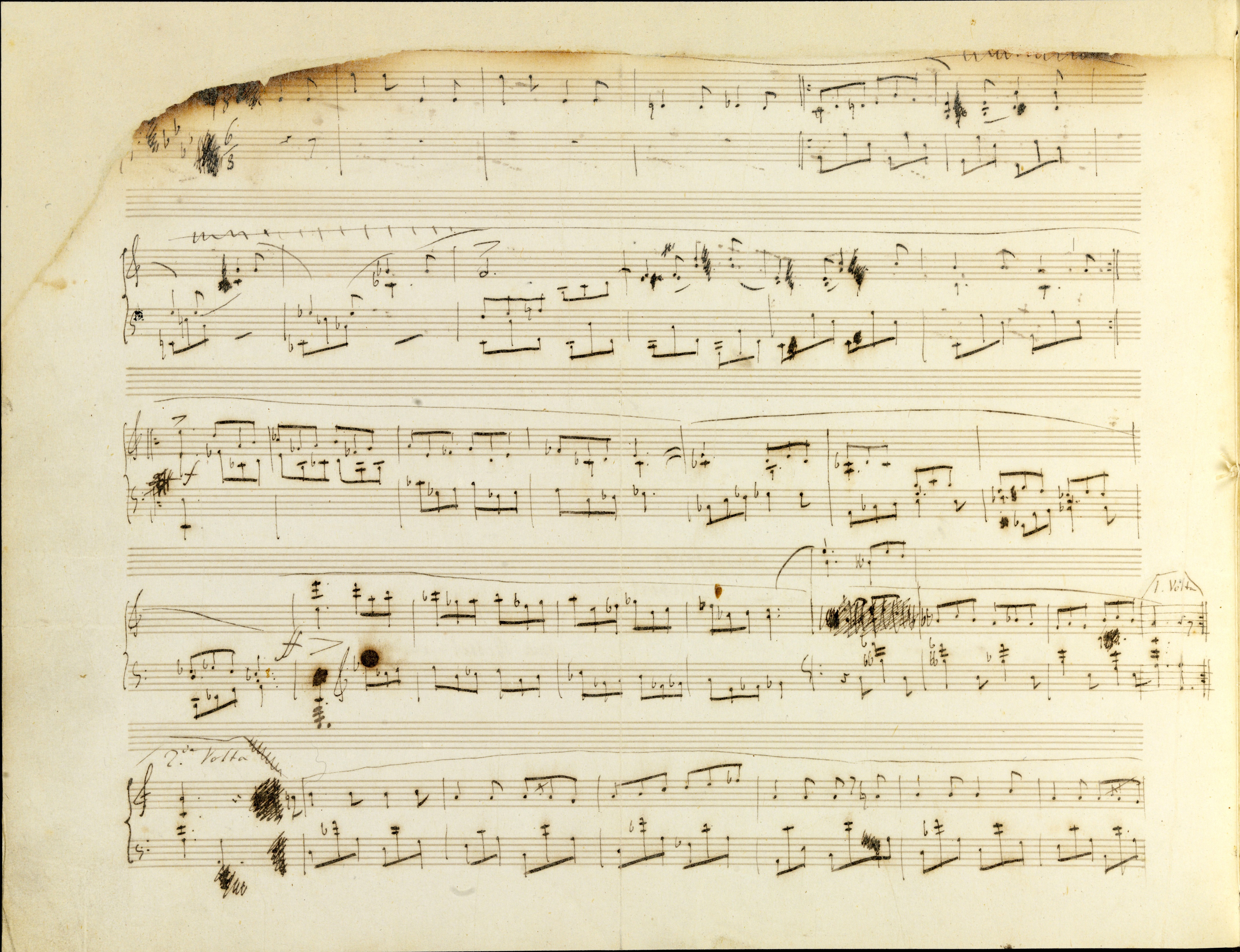



No extending dot on minim c1 in this bar is an inaccuracy that often appears in the score of Tarantella, e.g. in b. 31 or 148. To some extent those frequent inaccuracies in Chopin's writing can be explained in an excrept from his letter to Fontana, where the composer relays to his friend the manuscript to be copied:
"I’m sending you the Tarantella [Op. 43]. Be so kind as to copy it, but first [...] look at the Recueil of Rossini’s songs, or, better, edited by him, where there is a Tarantella (in A), I don’t know whether it’s written in 6/8 or 12/8 time. [...] So if it is in 12/8 or, which is possible, for =C= with triplets, as you are copying it, make one bar out of two."
We can deduce from the above text that for Chopin the notation of Tarantella’s bar beat as a dotted crotchet (equal in duration to three quavers) was equivalent to the use of a crotchet equal in duration to a quaver triplet. This makes it easier to understand why crotchets mistakenly noted down without dots or rests filling in 6/8 time in a bar were not spotted - those errors did not strike the eye because of their similarity to the alternative notation in 2/4 with triplets.
In all such cases, when the error is obvious we make relevant corrections. In any case, Chopin’s intention is confirmed in the majority of places by the correct notation of corresponding parts of the piece.
Compare the passage in the sources »
category imprint: Interpretations within context; Differences between sources
issues: Rhythmic errors, Errors of A
notation: Rhythm



